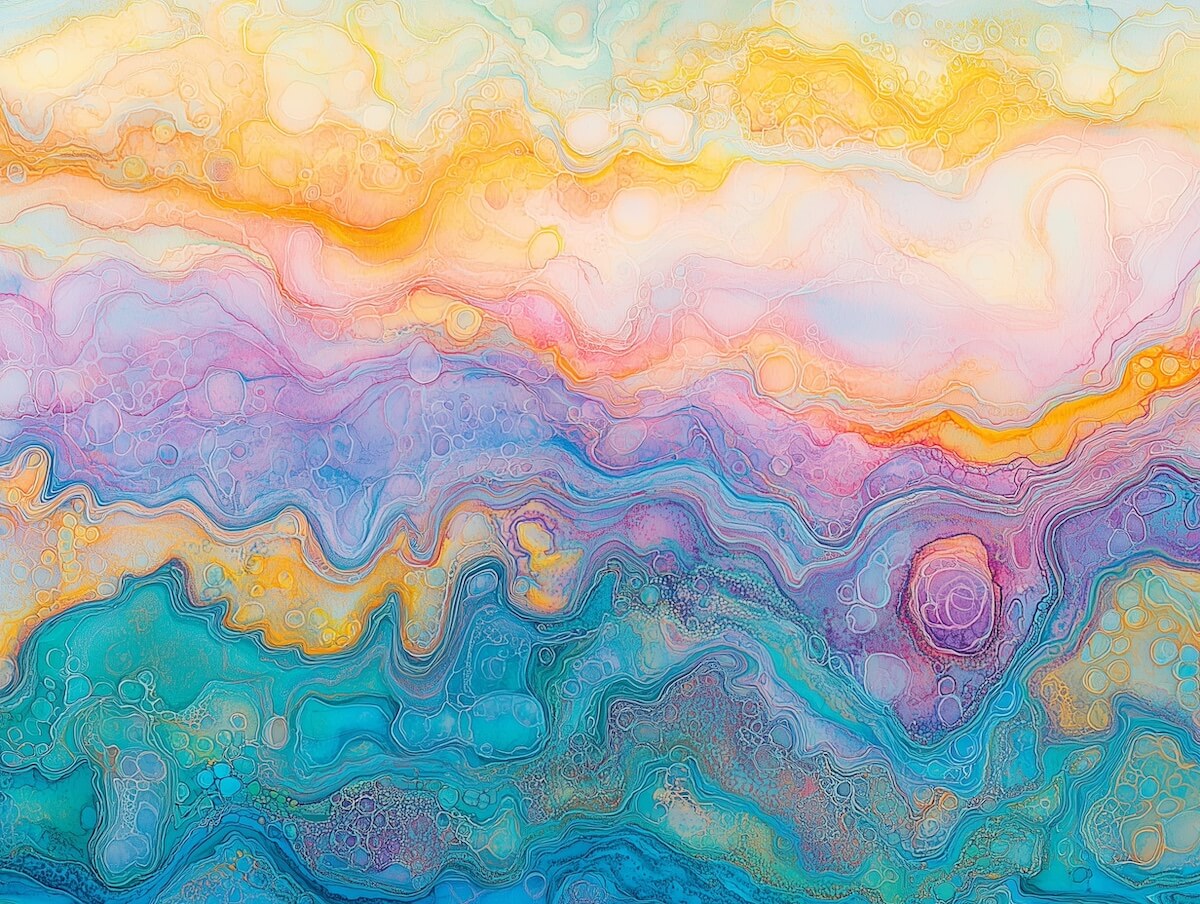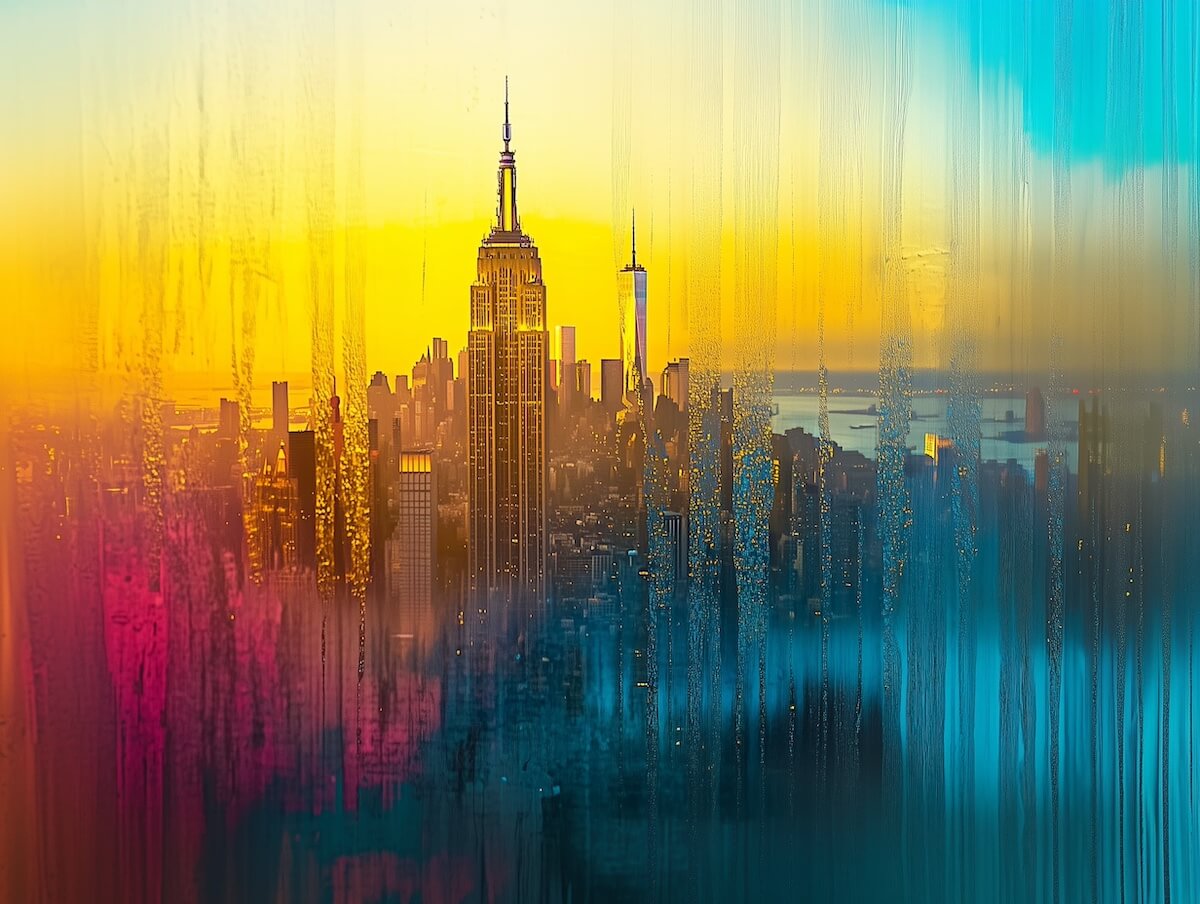At some point in our lives, we have all been asked, “What is your favorite color?” While statistically, most people are likely to choose blue, what makes us choose one color over another?
Without realizing it, we often assign emotional depth to the colors of the world around us. A cheery yellow. A passionate red. We even say we feel “blue” when we feel down. But why do we? Yes, colors inspire feelings in us individually, but it’s also how those colors affect our perception of our lives and our environment.
That is color psychology: the study of how colors affect people psychologically and emotionally.
While color psychology has been studied since ancient times, surprisingly, studies on the effects of color in design and marketing are relatively new. It wasn’t until the ‘90s that people first started studying the impact of color on consumer behavior. Those studies indicated that 60% to 80% of the time, customers’ purchasing decisions are strongly influenced by the product’s primary colors, particularly citing bold reds to increase consumer excitement.
But how can that knowledge be applied to influence interior design?
Connecting Interior Design & Color Theory
Using color psychology in interior design analyzes human thought processes and applies those findings to how we live in our homes. Simply put, it’s taking advantage of the emotions a color evokes to enhance our feelings about a particular space. While a room brushed in bold primary colors feels awake and energized, that area awash in analogous blue and green color palettes seems calming and relaxing. Color can change the mood of a room in an instant, so understanding the basics of color structure and color psychology helps utilize its full potential.
Experience and Culture Influence Our Perceptions
The emotions we assign to color, though, are primarily influenced by our own personal experiences, cultural exposures, and historical context. Black, for example, can be polarizing. While some consider it depressing, the color of death and funerals, others find decorating with black to be elegant and mysterious. But along with our personal backgrounds, learning how humans structure our understanding of color helps eliminate some of the mystery of how our responses to it are shaped.
Breaking Down Color Theory
In human perception of color, we often refer to it as being on a “color wheel.” In a circular graphic format, the wheel displays all the hues visible to the human eye: primary colors — red, yellow, and blue — secondary colors created from blends of the primaries — green, purple, and orange, and everything in between. Shades opposite each other on the wheel are “complementary,” whereas adjacent ones are “analogous.” Color schemes are created by combining various complementary and contrasting hues.
Warm vs. Cool vs. Neutrals

One of the simplest ways to break down the psychological impact of different colors is to slot them into one of three color categories: warm, calm, and neutral.
Warm colors include oranges, yellows, and reds. Think summer sun and bonfires. They inspire energy and excitement, especially in social situations, but can be overwhelming in large doses.
Conversely, cool colors usually include green, blue, and purple color schemes. Green can symbolize nature’s beauty, while blue hues like bright aqua represent a peaceful shallow sea. They inspire serenity, relaxation, and tranquility and benefit rooms where people go to unwind and relax.
That leaves neutrals—blacks, whites, greys, and browns. It’s the sand between your toes and the soothing swish of tall grasses. Neutral colors evoke feelings of calmness and simplicity and can counterbalance a strong emotional reaction brought out by another color.
Considering what emotions each color evokes can help you select hues that support the room’s primary purpose.
Connecting Color with Function
There’s a reason people generally don’t paint a toddler’s bedroom a bold, searing red—inspiring high energy isn’t usually the goal of parents at naptime. Instead, using color psychology principles, the design objective would be to select colors that evoke emotions that correspond with and enhance a room’s primary function(s).
There are no hard and fast rules: You can have a warm-colored bedroom or a neutral kitchen. It all depends on the occupants and how they want to use their space. However, there are some general jumping-off points for some specific rooms.
Living Room & Social Spaces

In social spaces, like living rooms, you want everyone to be comfortable and encourage interaction. Warm hues inspire socializing and activity, but make sure the color isn’t so intense that it becomes overwhelming. Balance a harsh or loud hue with relaxed, cool colors, or use a base neutral palette highlighted with pops of color.
Kitchens & Dining Rooms

In the heart of the home and the de-facto hangout spot for any party, the kitchen, warmer-toned colors are thought to increase appetite. But given the chaos that can also ensue in a kitchen, balancing bright shades with either neutrals or rich, dark blues or green color combinations can help make it less jarring and also add a touch of elegance.
Bedrooms & Relaxation Areas

While many of us have multi-use bedrooms, with lounge spaces or dressing areas, the best bedroom decor helps us wind down our day or slowly start our mornings. A palette of soft, muted, cool tones interwoven with neutrals creates a cozy, tranquil refuge from the rest of the world.
Home Offices & Productivity Spaces

Since 2020, we’ve learned a lot about what makes an ideal home office space. It’s important to minimize distractions and inspire focus, so using neutral, earthy tones provides a stable, grounded base. You can then add pops of color to elicit additional emotions, like cool colors for stress reduction or warm colors for productivity.
How to Use Color Psychology in Interior Design
Now you know the basics, how can you best implement color psychology in your design?
First, when developing a design plan for any space, you want to determine its primary use. Is it for resting, for relaxation? Is it for activity and action? Is it for focused productivity like an office or relaxed thinking like a reading chair? Thinking in terms of usage helps you look at color selection pragmatically and aesthetically, and hone in on what would best fit the function and the form.
Step two determines what feelings could be evoked to assist or enhance that purpose. Lastly, select colors to inspire that emotion and determine at what level of intensity those colors should appear.
As most rooms incorporate multiple uses, designers may want to integrate contrasting colors from across the color wheel or from a different color category to evoke those differing emotions. Consider a neutral living space with bright red accessories, a soft blue-colored bedroom with a bright, warm yellow wallpaper accent wall, or a sage green kitchen with a brightly colored Mexican ceramic tile backsplash. Whether large or small, deciding the level of those contrasts will be influenced by not only the space being designed but also the individuals who use it.
Choose the Right Colors for Every Room
Color psychology and color selection when decorating your home isn’t an exact science. Neither, for that matter, are human emotions. In the end, we like the colors we want for whatever reason. But by understanding the psychology behind color, why we choose or gravitate to specific colors, and what those colors emotionally inspire in us, we can create spaces that feel not just like a home but OUR home: customized and created specifically for us. That welcomes us, supports us, encourages us, comforts us, and protects us. The more we understand how we interact with — and react to — color, the more satisfaction and happiness we get from the spaces we live in.




